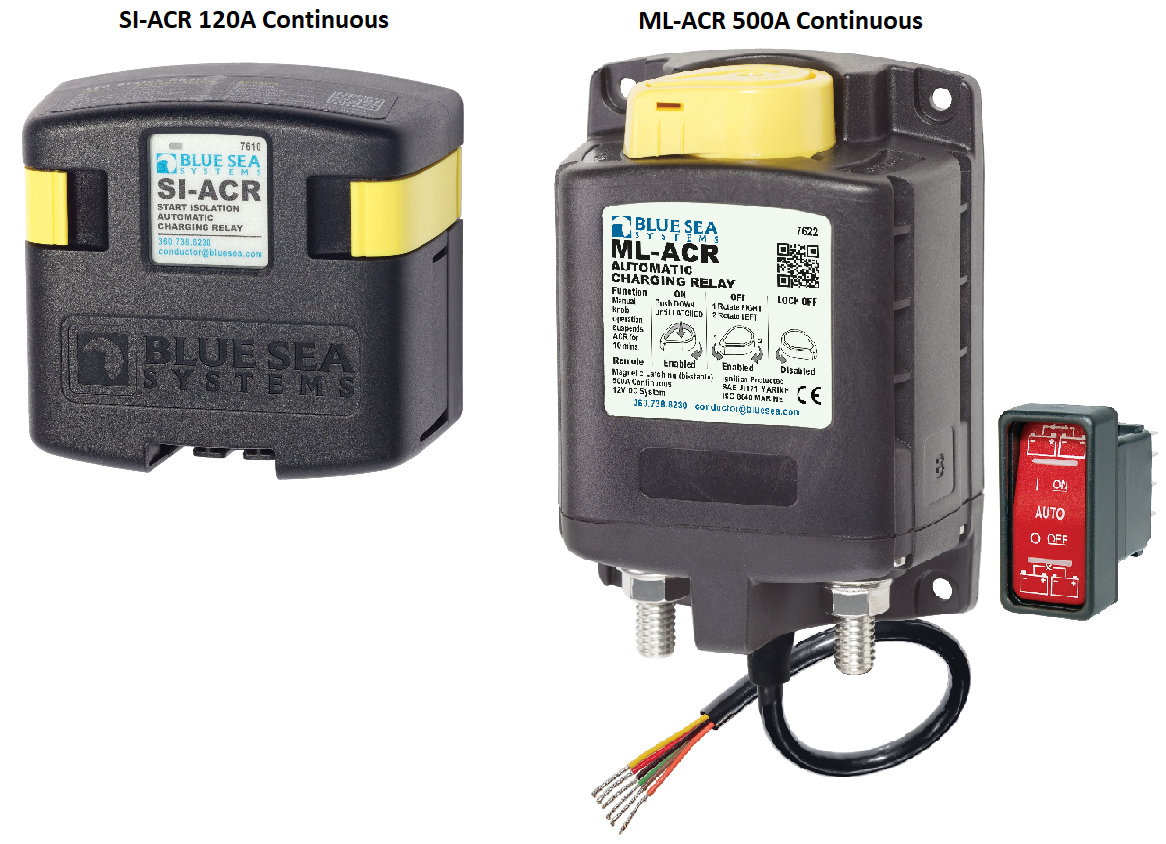Working on a complete rewire of a 1981 Catalina 30 and I'm looking for some input on how to wire in an ACR to charge the 2 different banks. I have a crude drawing of the primary battery wiring diagram as I have currently laid it out. I know my battery selection switch wiring is a bit unusual in that the output of this switch goes only to the house system (lighting, radios, fresh water systems, GPS) and does not go to the engine wiring directly. I want to keep the engine circuit separate with the ability to shut all power to this circuit while underway without impacting any of the other systems. However even though I'm keeping this separate I want the ability to charge both banks with the alternator while underway. My question is how does the current setup look and where would you place an ACR into this arrangement? Would it be worth running the extra wire from the alternator to the house bank rather than jumping back to the primary post on the starter? All wiring shown is 4AWG.
I forgot to mention that the Batt selection switch would almost entirely only reside on bank #1 so the house system is never pulling from the engine bank even though you potentially could. If I switch to "both" I should still be able to use the house bank to start the engine.
I forgot to mention that the Batt selection switch would almost entirely only reside on bank #1 so the house system is never pulling from the engine bank even though you potentially could. If I switch to "both" I should still be able to use the house bank to start the engine.
Attachments
-
36.4 KB Views: 78



